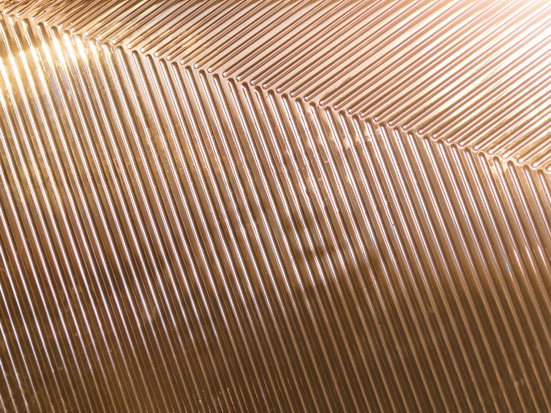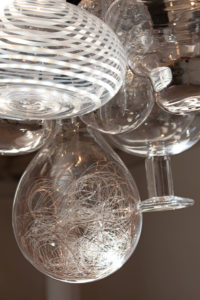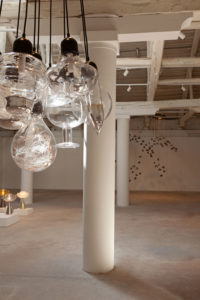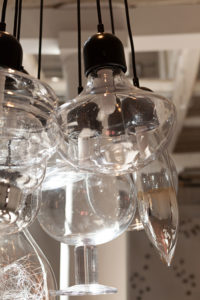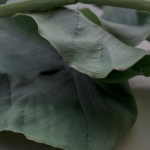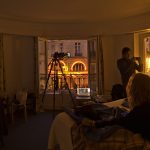I consider this conversation a gem.
It took shape during Spring 2020 as a natural exchange of ideas stimulated by a true interest for everything glass. On the other side, Matti Klenell and his amazing design universe, his interesting creative path and vision, his tips and references to dig into the glass panorama (past and present).
The conversation has been kept jealously for months waiting for the right moment to be shared. The moment is now and it comes in coincidence with #TheHeartOfGlass, the forth edition of the international festival “The Venice Glass Week” taking place in the Venetian lagoon through September 13th.
It’s not a short conversation but I’m sure you’ll devour it.
Thank you Matti, till next conversation!
M.K.
Æ — 10 Years Dialogue with Iittala exhibition ended some months ago at Design Lab Gallery. An incredible opportunity to present a large body of works including a unique installation that was created specifically for the exhibition. I read that the theme of the exhibition is the importance of dialogue in a designer’s work. I guess it’s not a case that in the video you say that “is very important to start asking questions” and then “the glass blower is crucial for the outcome of a piece”.
Talking specially about glass, how much important is for a designer to know glass and its potential?
MK — It is of course an advantage to have knowledge about a material and in the case of glass maybe even more so because it is such a special manufacturing process that also requires quite a bit of spontaneity and improvisation on site in the hotshop. Glass is a bit unpredictable where the simple can be very tricky and the other way around.
On the other hand I think ignorance can sometimes be very good when you are a designer. If you know to much you can become quite narrow minded and a bit stuck in your preferences whereas if you are discovering something for the first time you approach it very open and with new perspectives and ideas. Such journeys in to the unknown can create magic.
I come from a background where both my parents work with glass but I was never very interested in the material when growing up. However my upbringing gave me a good sense of the material and that sense in combination with a great portion of naive youthfulness when entering a glass workshop for the first time as a designer was pretty much a perfect storm where I did thing differently but with some kind of deep notion for what was going on.
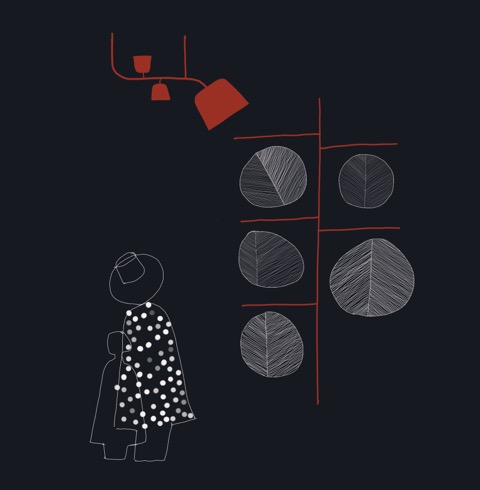
Matti Klenell, Sketch
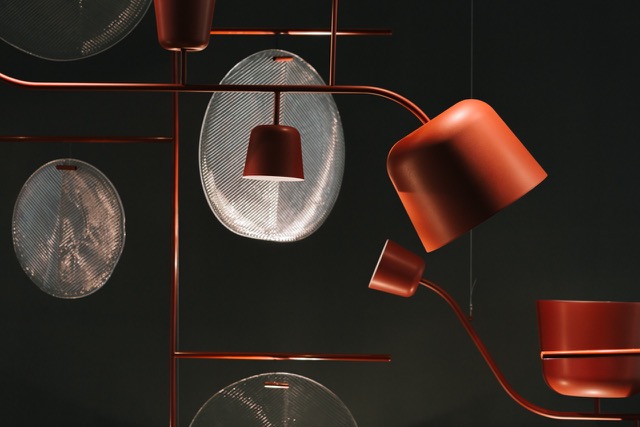
Design Centre Helsinki, 2019 / Matti Klenell Exhibition
Æ — Did it ever happened that a project completely change from the first sketch to the final outcome?
MK — No, not really. I am very much a person that test and plan very much before making the real thing. But I also get very inspired when working in the workshop so failures can definitely lead to new ideas for future things.
Æ — We got in touch the very first time on the occasion of Light Blowing 2018, the project by Ilaria Ruggiero and me hosted at Fondaco Marcello In Venice during The Venice Glass Week 2018.
That was the lucky occasion to preview the NM& 001Chandelier designed together with Monica Backström, Ludvig Löfgren, Simon Klenell, Stina Löfgren, Mattias Ståhlbom, Åsa Jungnelius, Katja Pettersson, Carina Seth Andersson and manufactured by The Glass Factory. A collaborative project to highlight different styles and techniques.
Scrolling down the press release of the project, I read: “The concept for the interior is to highlight the process of making… To achieve this mission the constellation has travelled together to investigate and collaborate with various manufacturers in Sweden and its Nordic neighbors”
I find very interesting the open collaborations between Institutions, designers, brands… It feels like the Nationalmuseum left you a lot of freedom to reinvent the interior of Restaurant. Is it like this?
MK — Yes, definitely. They were surprisingly open minded and positive to take a new, different approach. In the beginning I for a long time waited for them to call back and simply cancel everything. It felt like the set up was too good to be true but it turned out to just be extremely good. This was thanks to an extremely skilled project management running the entire renovation project.
Of course we did not have completely free hands though. In the end it should become a well functioning restaurant and I like to believe that the reason for us having such freedom is also because we took responsibility and delivered relevant content. We had a good plan right from the start and we created an atmosphere where client, designers and manufacturers all felt that they were gaining and participated with a kind of pride. We involved many people to contribute with a little that together grew into something huge. A kind of design crowdfunding made possible due to the very special occasion. The Nationalmuseum is Sweden biggest art museum located in a completely unique building from 1865 in central Stockholm. That made things easier for sure.
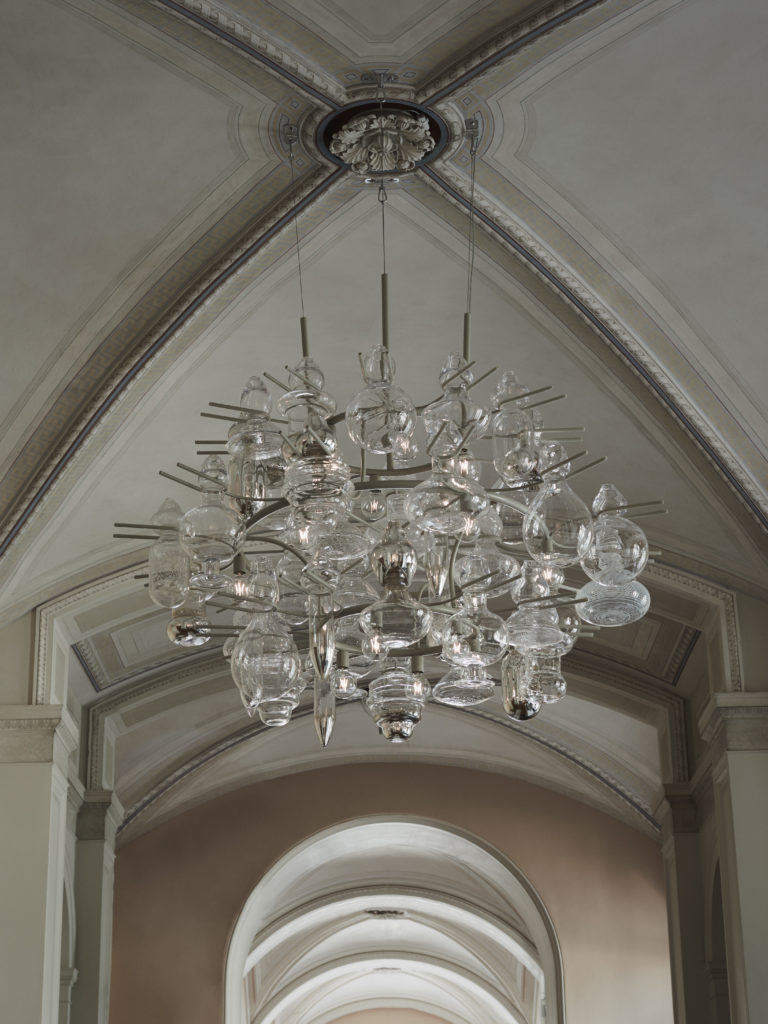
NM& 001
ChandelierMonica Backström, Matti Klenell, Ludvig Löfgren, Simon Klenell, Stina Löfgren, Mattias Ståhlbom, Åsa Jungnelius, Katja Pettersson, Carina Seth Andersson. Manufacturer: The Glass Factory. Ph. Pia Ulin.
In the museum interior we wanted to refer to the creative process and in a subtle way explain how art and things are made. In a building filled with art masterpieces we wanted to design spaces that was to some extent still not finished as a celebration of the uncertain and undecided in the process of making. The chandelier is very much a result of that thinking.
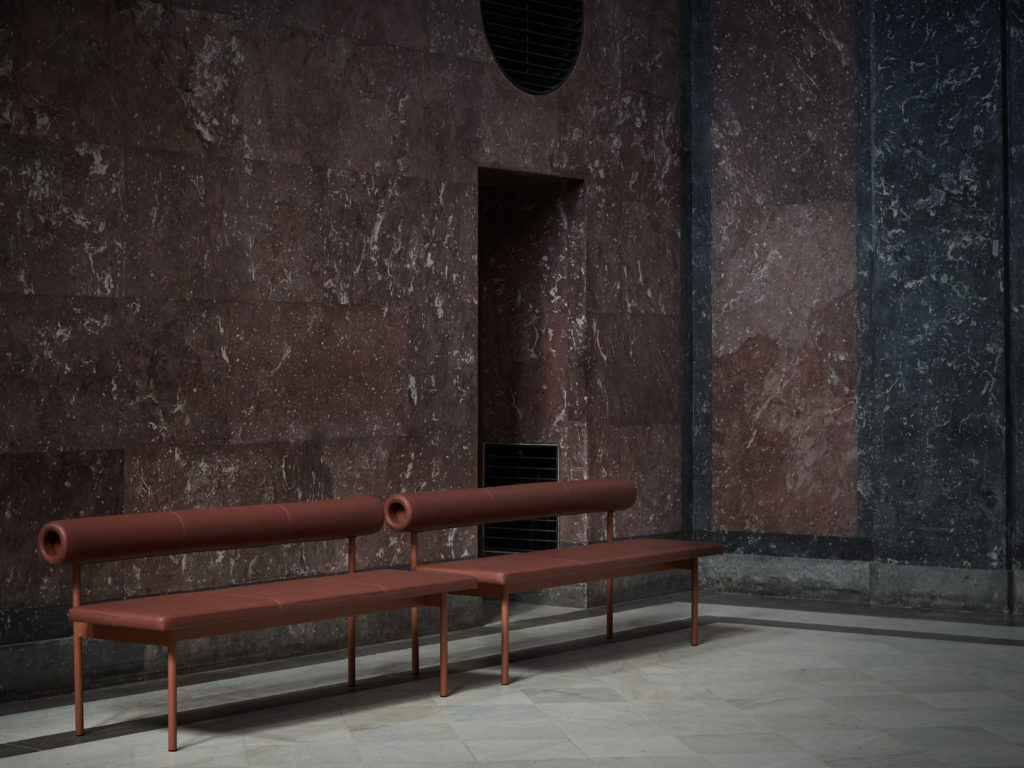
NM& 035 Sofa Design: Matti Klenell Manufacturer: Offecct. Ph. Pia Ulin.
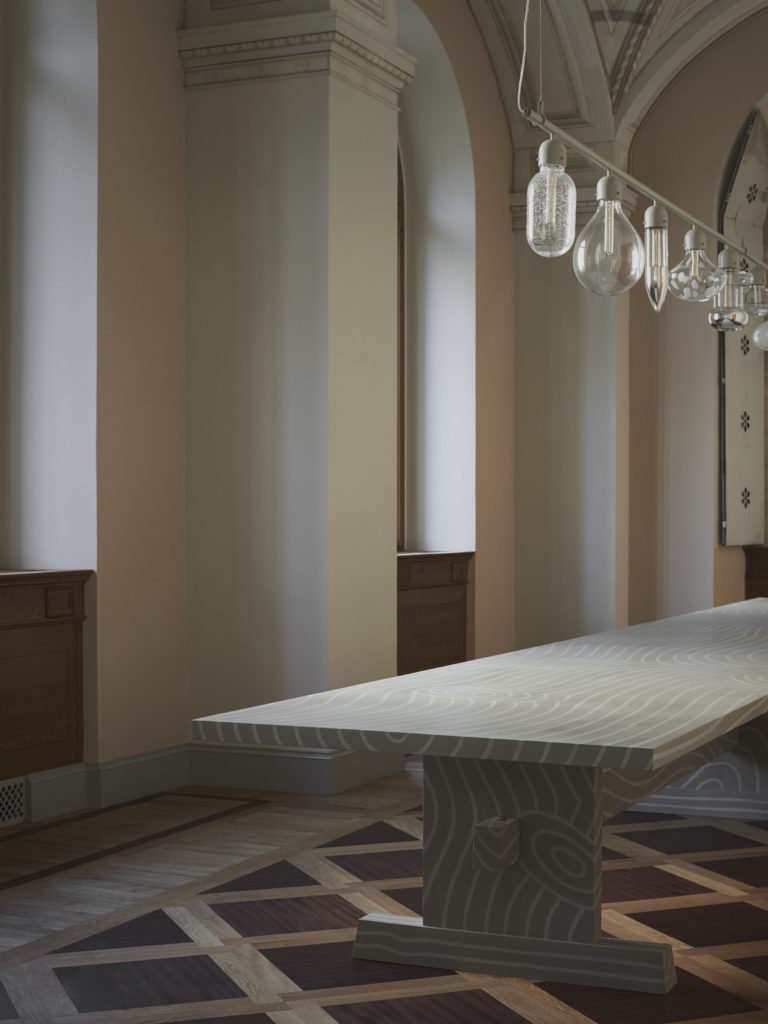
NM& 044 Table ”Femettan” Stina Löfgren / Kristoffer Sundin Unique piece. Ph. Pia Ulin.
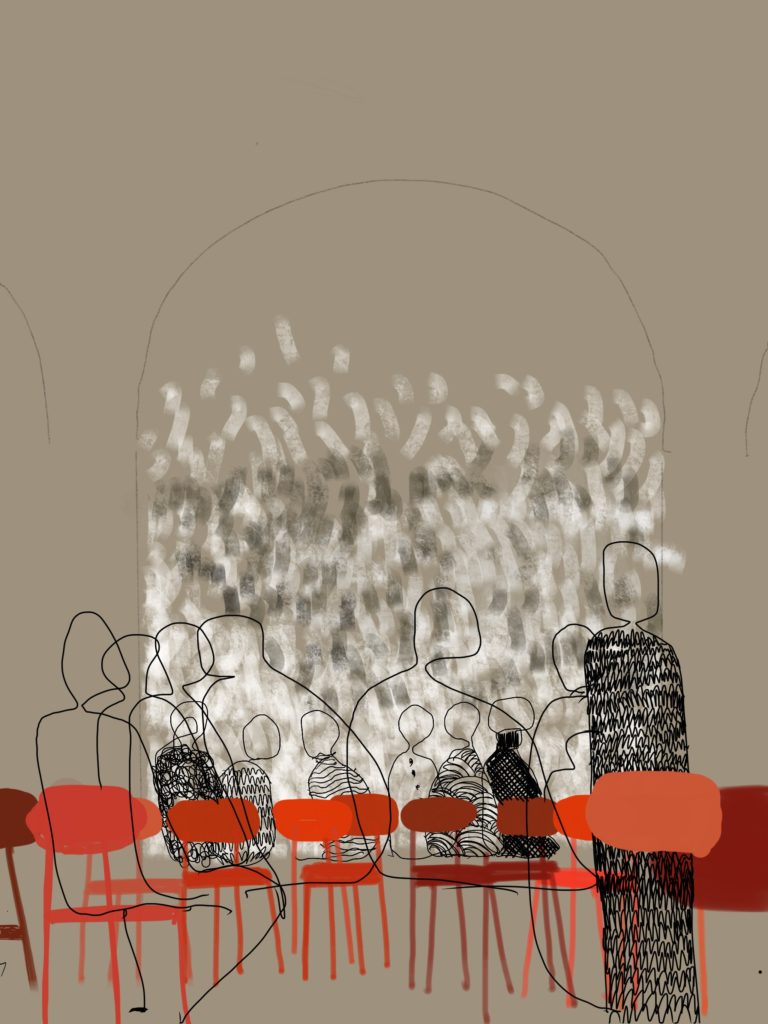
Matti Klenell, Untitled Artwork
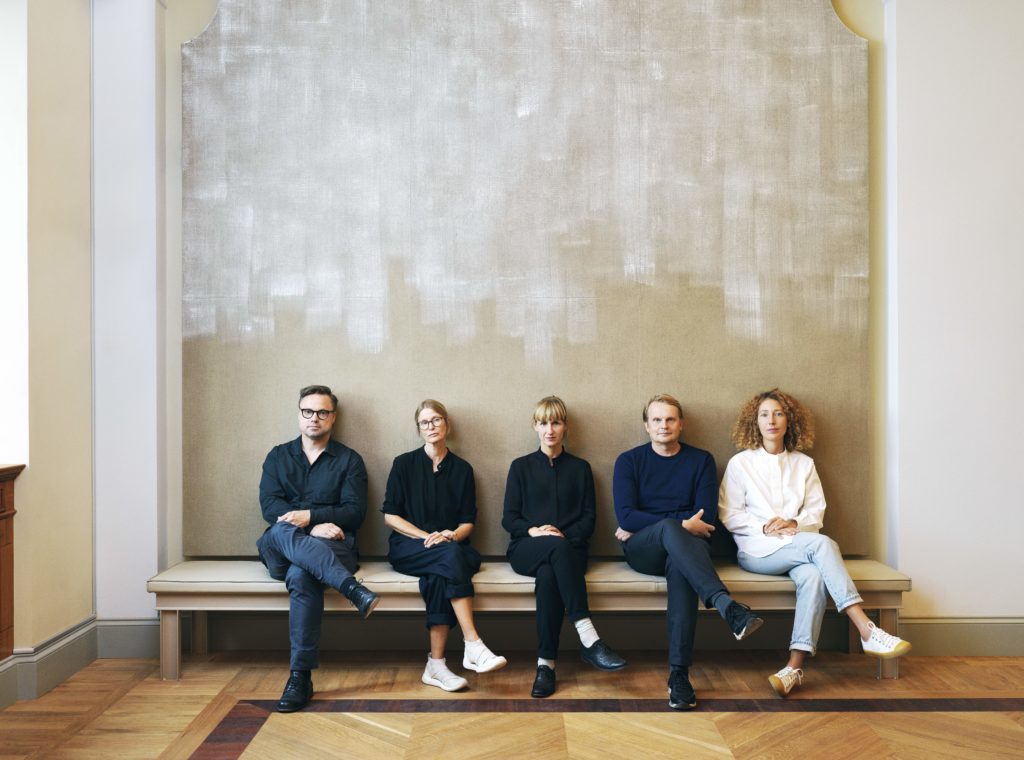
Matti Klenell, Carina Seth Andersson, TAF Studio, Stina Löfgren
Æ — What about the chandelier? Which is the idea at its core?
MK — In the museum interior we wanted to refer to the creative process and in a subtle way explain how art and things are made. In a building filled with art masterpieces we wanted to design spaces that was to some extent still not finished as a celebration of the uncertain and undecided in the process of making. The chandelier is very much a result of that thinking. We invited a group of glass designers to The Glass Factory located in Boda in the south of Sweden. During a one week long workshop we developed glass pendant lamps for the museum interior. Together with the blowers at The Glass Factory we tested techniques and shapes for the lighting collection and the tests is what we have used as prisms in the chandelier. 44 raw, uncut glass vessels coming straight from cooling were hung in a large metal construction creating a huge body of glass interacting with light. It’s honestly quite impressive where it hangs in the middle of the 47 meter long gallery that houses the café.
44 raw, uncut glass vessels coming straight from cooling were hung in a large metal construction creating a huge body of glass interacting with light. It’s honestly quite impressive where it hangs in the middle of the 47 meter long gallery that houses the café.
- Matti Klenell, Katja Pettersson, Simon Klenell, Åsa Jungnelius, Ludvig Löfgren, Stina Löfgren, Gabriella Gustafson, Monica Backström, Mattias Ståhlbom e Carina Seth Andersson per The Glass Factory in collaborazione con The National Museum in Stockholm / Light Blowing 2018 @ Fondaco Marcello, ph. Cristina Galliena Bohman
- Matti Klenell, Katja Pettersson, Simon Klenell, Åsa Jungnelius, Ludvig Löfgren, Stina Löfgren, Gabriella Gustafson, Monica Backström, Mattias Ståhlbom e Carina Seth Andersson per The Glass Factory in collaborazione con The National Museum in Stockholm / Light Blowing 2018 @ Fondaco Marcello, ph. Cristina Galliena Bohman
- Matti Klenell, Katja Pettersson, Simon Klenell, Åsa Jungnelius, Ludvig Löfgren, Stina Löfgren, Gabriella Gustafson, Monica Backström, Mattias Ståhlbom e Carina Seth Andersson per The Glass Factory in collaborazione con The National Museum in Stockholm / Light Blowing 2018 @ Fondaco Marcello, ph. Cristina Galliena Bohman
Æ — Which is the situation of the contemporary Glass Culture in Sweden?
MK — I don’t know if I am the best person to answer that since I don’t work very much with glass in Sweden. I am not really part of the hard core scene but viewed a bit from the side it looks vital and vibrant with a lot of interesting independent artists. The Glass Factory that I mentioned above has played a very important part as a hub for this. I am very impressed with what they have achieved there. The Swedish glass industry that was once so famous has suffered a lot over the last decades and the artist that once worked there are today independent. Even if it of course is not a fun development think it has been quite good for many of them. Artist like Ann Wåhlström, Gunnel Sahlin and Lena Bergström makes more interesting work today on their own than they did as employed designers at the leading glass brands. The industry has been replaced by some really good galleries and that is necessarily not that bad.
Æ — Do young creatives find support to learn, experiment in the glass factories?
MK — As I described above the factories has suffered and are perhaps not the natural platform for young talents anymore. With the right leadership they can become important again but I think they have a lot to learn. It is interesting that the artists do better without the industry than the industry do without the artists. I am not saying this to create a conflict but rather to highlight a missed business opportunity for both parts.
Æ — You’ve said — once again in the video — that digging into tradition is an endless source of inspiration. An aspect one shouldn’t underestimate when working in this field. I guess you know the international glass panorama. Have you ever worked in glass factories abroad?
MK — I have actually based my entire body of work within glass on the experience of working outside Sweden. I find it very interesting with maker traditions and how they have developed differently on different spots in the world. In Finland glass is made differently than in Sweden. The traditions in Czech is different from Murano and the Studio glass movement in the US represents something completely different compared with glass making in Japan. To work with my expression in different cultures has influenced me a lot an I have learned incredibly much by adapting to local traditions when executing projects in different workshops around the world. My first projects in glass were made in New York. I loved to work there. Then I moved on and produced my work at the Ajeto workshops in Novy Bor in Czech Republic. Since I collaborate a lot with Iittala I have also worked a lot in Nuutajärvi and in Iittala. Lately I have come to do more things in Sweden as well but it took me 20 years. I have used this adaptation to my work also in other kind of projects not relating to glass but within the glass field the local traditions are very strong and visible.
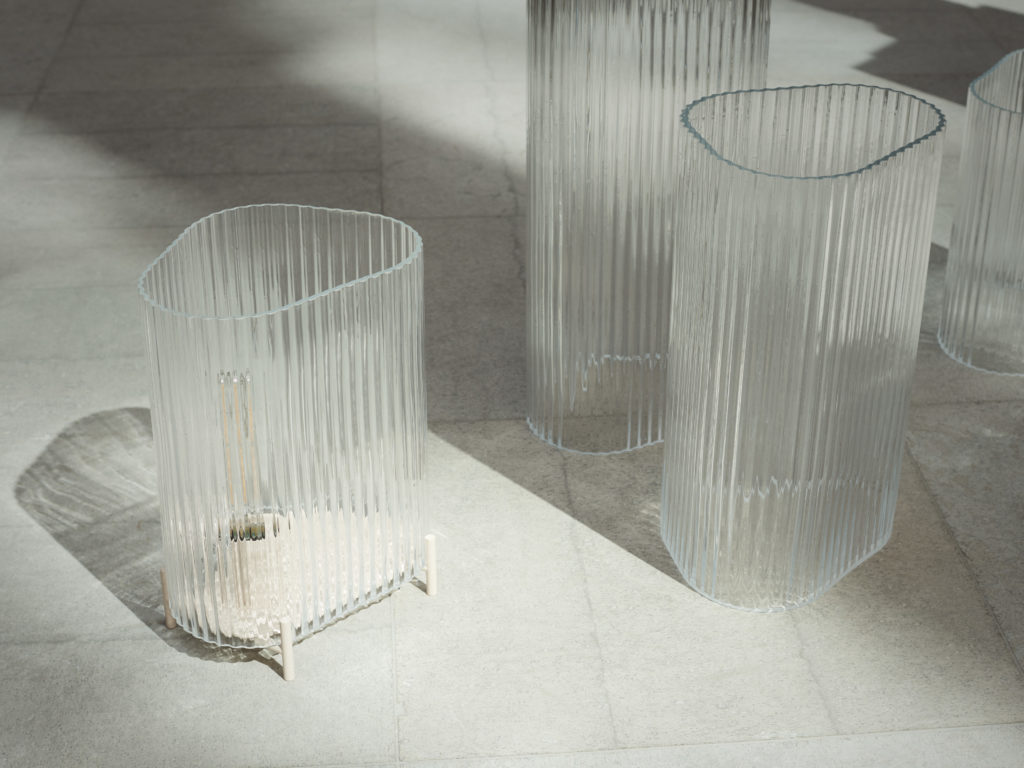
NM& 012 / Lamp ”Putki” Design: Matti Klenell Manufacturer: Iittala. Ph. Pia Ulin
Æ — Have you ever worked in Murano?
MK — No, actually not. It is for some reason a blank spot. I would of course love to do so one day.
Æ — What interest you the most in the Murano tradition and techniques?
MK — The huge variety of innovations and skills. I base my work a lot of testing and sampling different techniques and materials, often in to one object. It is a kind of deconstructive patchwork approach that I find interesting to explore. I think Murano is the biggest and most tasty candy bag when it comes to glass making. No other area has invented as many fantastic ways to treat the glass material and if I ever was allowed I would love to test and experiment my way through it all. Isn’t that very Italian by the way? To offer very many solutions to something? Since my first project with Iittala was a series of glass birds made as a kind of tribute to the famous birds by Oiva Toikka I got an introduction to Venetian techniques made the Finnish way. Oiva apparently often went to Murano to work and to get inspired. He brought home ideas and ways to work. I would love to do the same one day.
Æ — Your Master, if you have one…
MK — When it comes to glass I have to mention Kaj Franck. I have admired his work ever since college. Through his career he went through phases of refined simplicity with brutal expression with the same ease and quality. I admire both his everyday objects that I use at home to his artwork that I admire at museums. Then I must mention Sottsass.
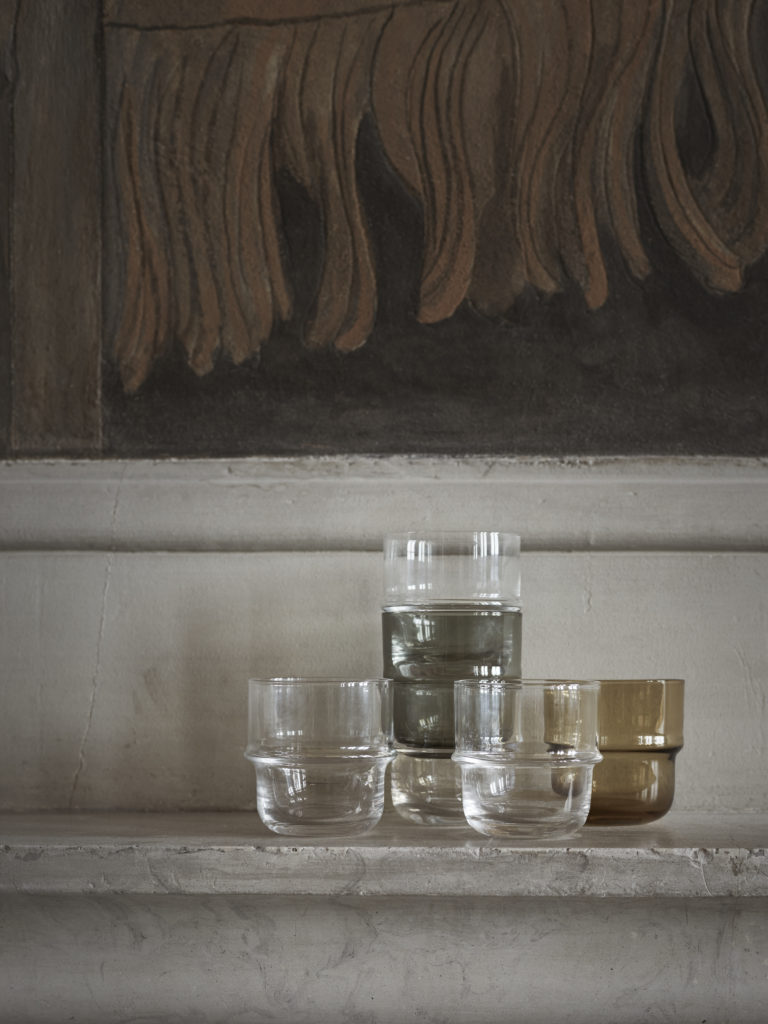
NM& 063 / Everyday glasses ”Unda”. Design: Matti Klenell. Manufacturer: Design House Stockholm. Ph. Pia Ulian.
Æ — Any new glass idea / project on the horizon?
MK — Actually a few. I currently work together with my brother Simon Klenell on some projects that can become really exciting. Simon is in my very objective view the most talented glass artist in Sweden at the moment. He has his own workshop outside Stockholm that has become a great place for contemporary glass making. To work together with him is a privilege and today we complement each other very well. The outcome of our efforts will be presented next year.
Æ — Your work span from lighting design in blown glass to glass object, from furniture design to exhibition installation. Which is the key secret to keep all these in the perfect balance?
MK — Maybe that there is no secret. I don’t reflect much over the balance really. I am happy yo work with my creativity within different fields that I both mast or learn from. Somehow the balance comes from being content and to see my practice as a whole. The smallest objects I design are depending on the largest spaces I work on and vice versa. I think this approach might come from my education within architecture where there is a constant dialogue between the whole and the detail.
Æ — There’s an aspect of your work that I’m particularly keen of: the drawings and sketches. They are capable to reflect the narrative side of the projects with a few lines and a delicate use of colours. How do you realize them?
MK — I work a lot with sketches in my projects. It is a phase of the process I love to stay long in because when you are sketching everything is still possible and that is a quite beautiful state. When working with the sketches I imagine rooms where my objects are used or the people using them. I sometimes pay more attention to those details than to the actual thing that is supposed to become the end result. it is a good way to formulate what you do and to set the game plan for the project. If you sketch a lot in the beginning it sets the boundaries and possibilities for the entire project. Since a few years back I worked a lot with my Ipad when sketching. It is practical and flexible. its also very good when communicating with clients or internally in my studio.
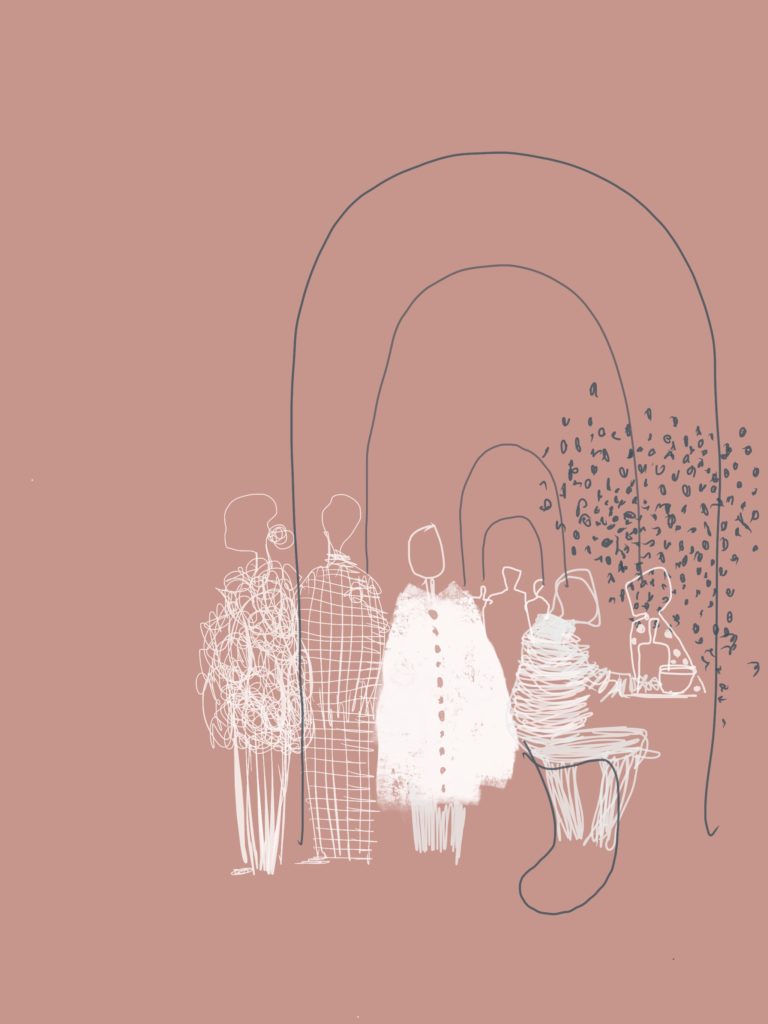
Matti Klenell, Untitled Artwork
It is a phase of the process I love to stay long in because when you are sketching everything is still possible and that is a quite beautiful state.
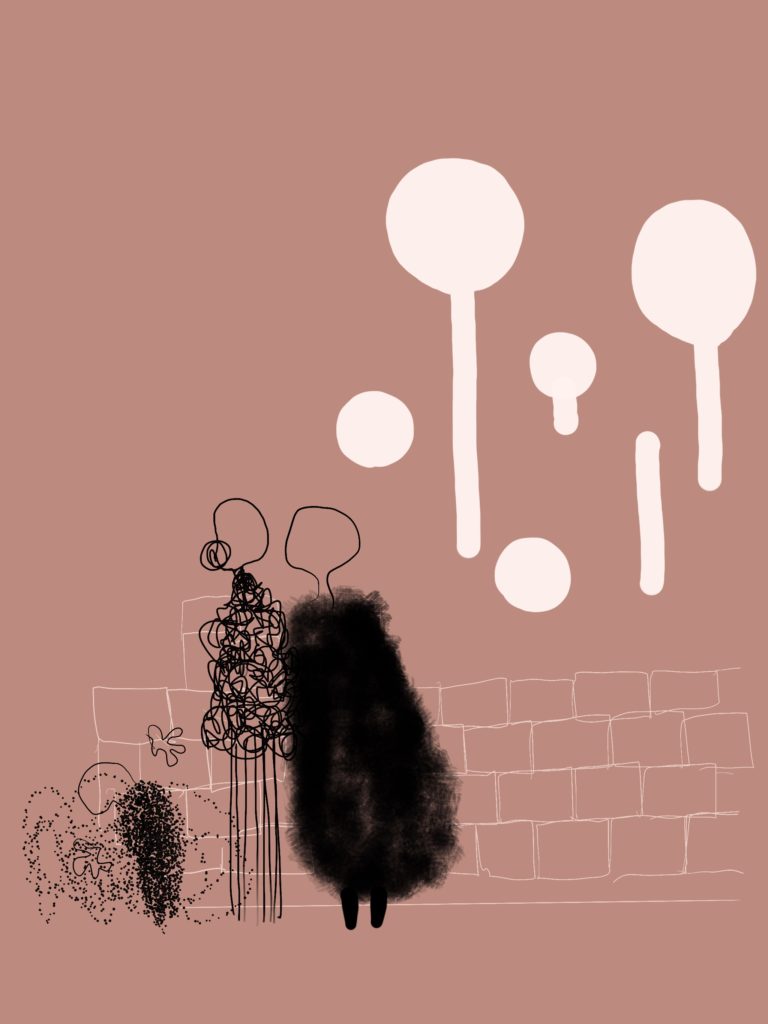
Matti Klenell, Untitled Artwork
If you sketch a lot in the beginning it sets the boundaries and possibilities for the entire project.
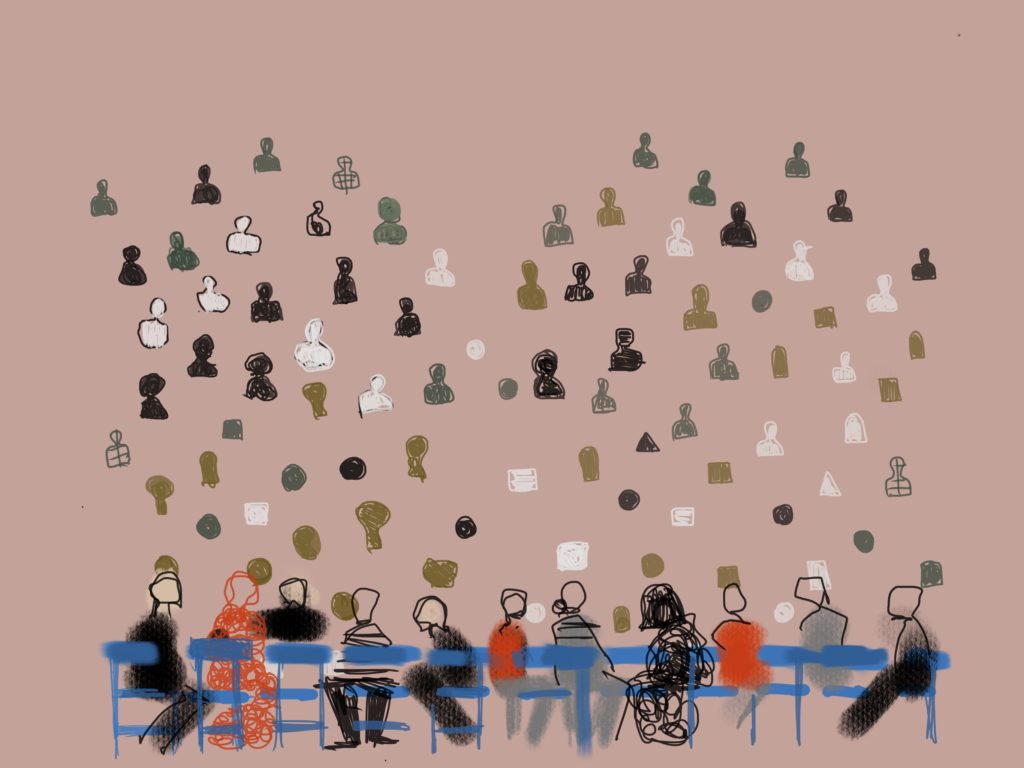
Matti Klenell, Untitled Artwork
Æ — Have you ever worked on a project expressly focused on your drawings?
MK — Yes! Since a while back I have also started to draw with ”real” pens again and I have started to make images not connected with design or projects. It has been absolutely fantastic and it made me realize how much I always have loved to draw. It comes very effortless and it’s a bit fantastic actually. Hopefully I will find a context where I can exhibit the images one day. Or I just make them for myself. I have an idea of using them in combination with my objects in a set space. A kind of full panorama on my way of working from inspiration, influences, interpretations and sketches to prototypes, materials and objects. I think it can become beautiful.
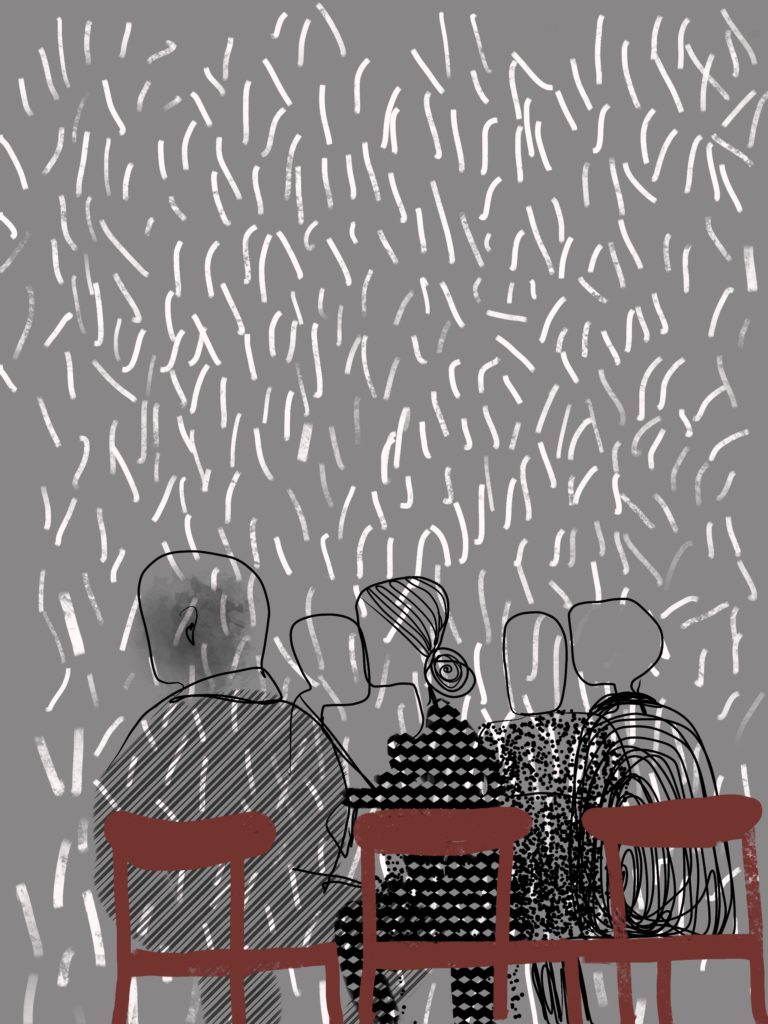
Matti Klenell, Untitled Artwork
mattiklenell.com

